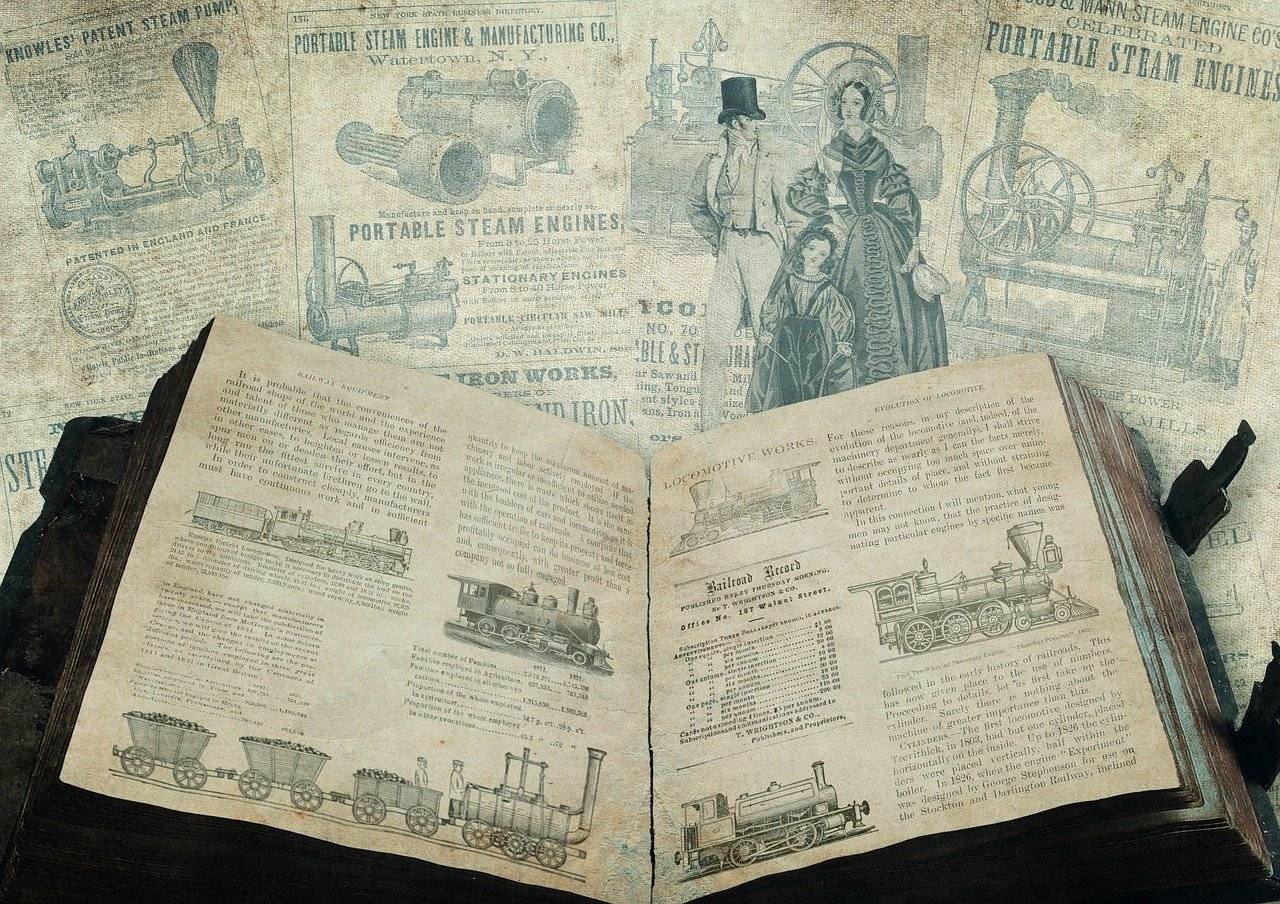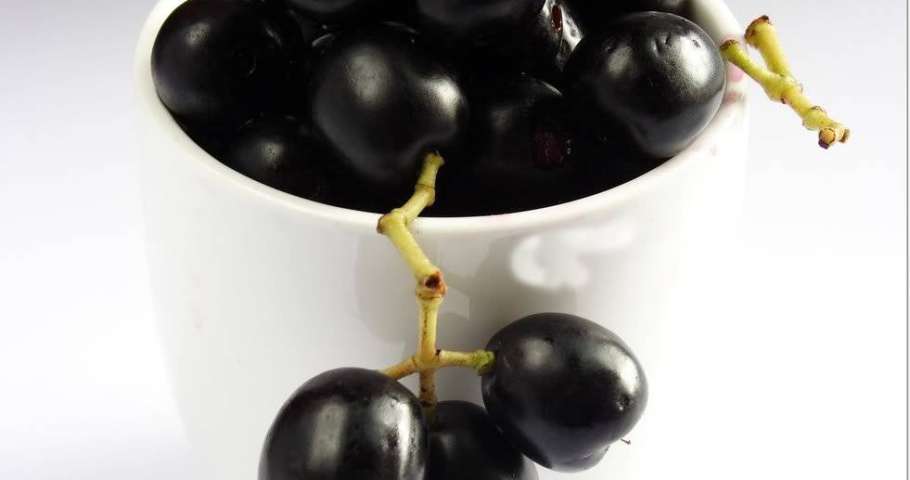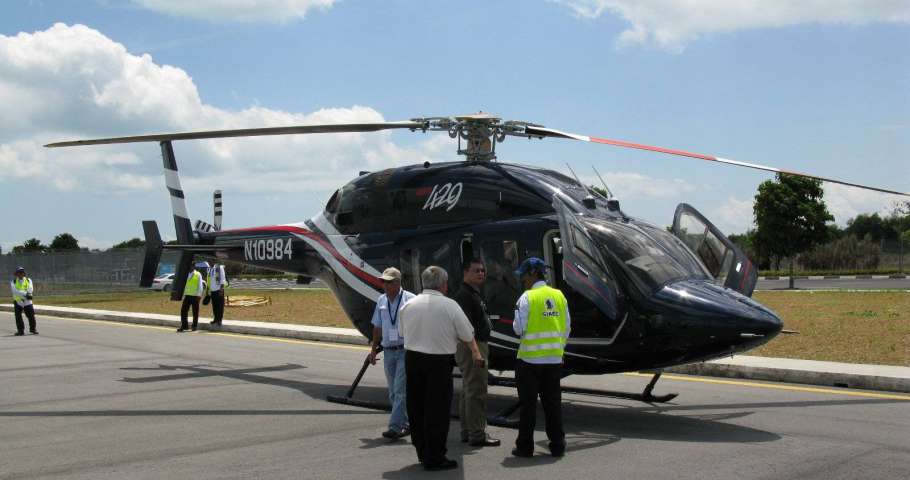This post was first published on 15th September, 2011.
The patent reform bill is now awaiting approval from the President to become the law of the land. The bill proposes many changes to the existing US Patent Act. Below listed are few important provisions included in the bill:
First-Inventor-To-File: US patent system will now operate on first-inventor-to-file instead of its earlier operation system which was first-to-invent. The first-inventor-to file system provides certainty with respect to the invention date thereby enabling the Examiner to select appropriate prior art for judging the patentability of the invention. Further, 1 year grace period for disclosures by the inventor would remain in effect. The Act amends 35 U.S.C. §§ 102 and 103 to preclude the patenting of claimed inventions, and obvious variations thereof.
Third party challenges to Patent Rights: Now a third party can challenge a patent by directly approaching the USPTO in below mentioned cases:
A third party can approach USPTO with any published prior art but not public, use, sale or improper inventorship along with a description of the relevance which could be considered during the patent application examination. So far USPTO allowed submission before the earlier of (a) allowance, or (b) later of 6 months after the date of application publication or the date of first rejection.(35 USC 112)
A third party can approach the USPTO within 9 months of issuance of patent with any legal challenge to invalidate any or multiple claims.
However, if 9 months for post grant opposition is expired, a party can file for “inter partes review”. Further, Inter partes review may be commenced only within one year after that grant of a patent or the termination of post-grant review, if one is filed, whichever is later. The Act amends 35 U.S.C. §§ 311-318 and substitutes for inter partes re-examination a new inter partes review procedure. This review would be limited to novelty and obviousness consideration based on prior arts. The patent owner would be allowed to amend the claims just once during Inter partes review, except that an additional motion may be permitted upon a joint request by the patent owner and the requestor to materially advance settlement. Inter partes review must be completed within the time limit of 1 year, which may be extended by up to 6 months. Further, third-party requested ex parte re-examination would remain a viable.
USPTO’s Fee: USPTO will have the authority to set fees for its operations and administration. Many believe that USPTO may provide some relief to small enterprises under this Act.
Software and “Business Method” Changes: USPTO has excluded tax preparation software from being patented. Further, the amendment provides an 8-year transitional post-grant review proceeding for review of the validity of business method patents for financial products or services by defendants accused of infringement.
Further, prior user rights may be offered to include all inventions including secret processes for commercial products and business method patents as a defense to infringement under 35 U.S.C. § 273, which were reduced to practice and commercially used at least one year before the effective filing date of the patent.
Furthermore, in order to review the validity of any business method patent in post grant review proceeding, a transitional period can be created where transitional review process will operate in a similar manner to the post-grant review process. However, the post-grant review of a business method patent need not be filed within 1 year from issuance. The post grant review of the patent will not be initiated unless the petitioner is first sued for infringement or is accused of infringement. The transitional procedure will expire in 10 years.
Lack of Patent Lawsuit Reform: Proposed amendment would require jury to identify methodologies and factors which may be used to calculate damages based on the revenue that could have been earned if the patent would not have been infringed. Further, the amendment would pose a huge difficulty to inventors if they want to proof that an infringer infringed their rights willfully.
Best Mode: A patentee may not be penalized for not disclosing “best mode” of his/her invention in the patent application. The amendment provides a relief to the inventors who fail to disclose the “Best mode” of their patent, as non-disclosure of best mode in the patent application cannot be used as a basis for invalidating an issued patent. However, this does not exempt inventors from disclosing their best mode in their patent application. USPTO may look for best mode disclosure in the patent application.
Further, the amendment would also ensure elimination of false patent marking cases. The United States Attorney General may also bring such a claim, levying a $500 per-article fine.
References kattenlaw, information network, patentlyo
Author: Sanjiv Saran




0 Comments
patent litigation
One of the few helpful measures that I see contained in this legislation is a provision requiring a showing of “competitive injury” in order to obtain standing in a false marking suit. This should prove effective in reducing (if not eliminating) the new scourge of false marking patent trolls. And, doubtless, those at the USPTO are looking forward to a probable increase in fees. But, from what I can tell, the rest of this bill is mostly a wash.